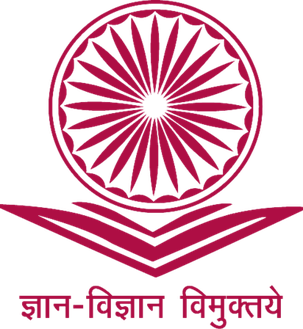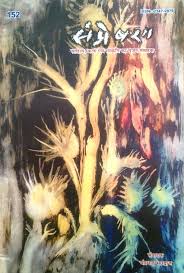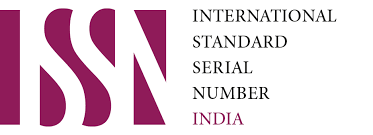Language, Preservation and Cultural Heritage: A Case Study of Sindhi Community in India
DOI:
https://doi.org/10.8476/sampreshan.v17i1.130Abstract
After the Partition of India, researchers have frequently dismissed the Sindhi language in India, attributing its decline to perceived linguistic corruption, diminishing areas of usage, and a decline in its written form. This study provides the detailed vision and the assimilation that is taking place, as well as internal and external forces that tend to prevent the use of the mother tongue and the influence of the mother tongue. This article advocates for a new approach to understanding the trajectory of Sindhi in post-Partition India in order to address this apparent contradiction. It employs a language-ecological standpoint and examines significant sociolinguistic shifts in Indian Sindhi over the years. This research proposes to delve into preserving the Sindhi language which is engulfed by the issues of modernity and globalization. Also, this paper will try to shed light on the importance of language preservation and strategies employed by the Sindhi community to preserve their language culture for future generations within the broader context of the extensive cultural heritage of India.



